Dress-code (for ladies)
Probably, the most exciting subject for those who thinks of going to Iran. Dress-code for women exists, that’s true. However, it is not so strict as many of us imagine. Quran demands some level of modesty from both men and women. Hijab – a scarf that covers head and shoulders and therefore prevents women from direct gazes – is a symbol of privacy, modesty and morality. Keep in mind that wearing a hijab is required by law. Therefore, make sure you have any scarf to cover your head from the moment you get off a plane. It was quite amusing when all women, who were sitting with their hair open in the plane, at the same time put on a scarf when disembarking.
When you are in the city and want to revise your “style”, the best advice – look around and dress like other women. In smaller cities, indeed, almost all women are dressed in black chador (a long mantle that covers the whole body, from top till toes – but, yes, a face is open). We have noticed it in Kashan and I even tried to detect at least one women in a colorful clothing. On the market I’ve seen several girls in red or brawn, but they looked like tourists from bigger cities. Little girls, by the way, have their hair open and wear very picturesque dresses.
In bigger cities (Tehran, Shiraz, Esfahan) diversity in clothing style is impressive. You meet young stylish women in high heels in a nicely fitted coat and a colorful scarf that barely covers their hair. On the other hand, a lot of women, both young and old, wear chador. Still in more different colors than in smaller cities.
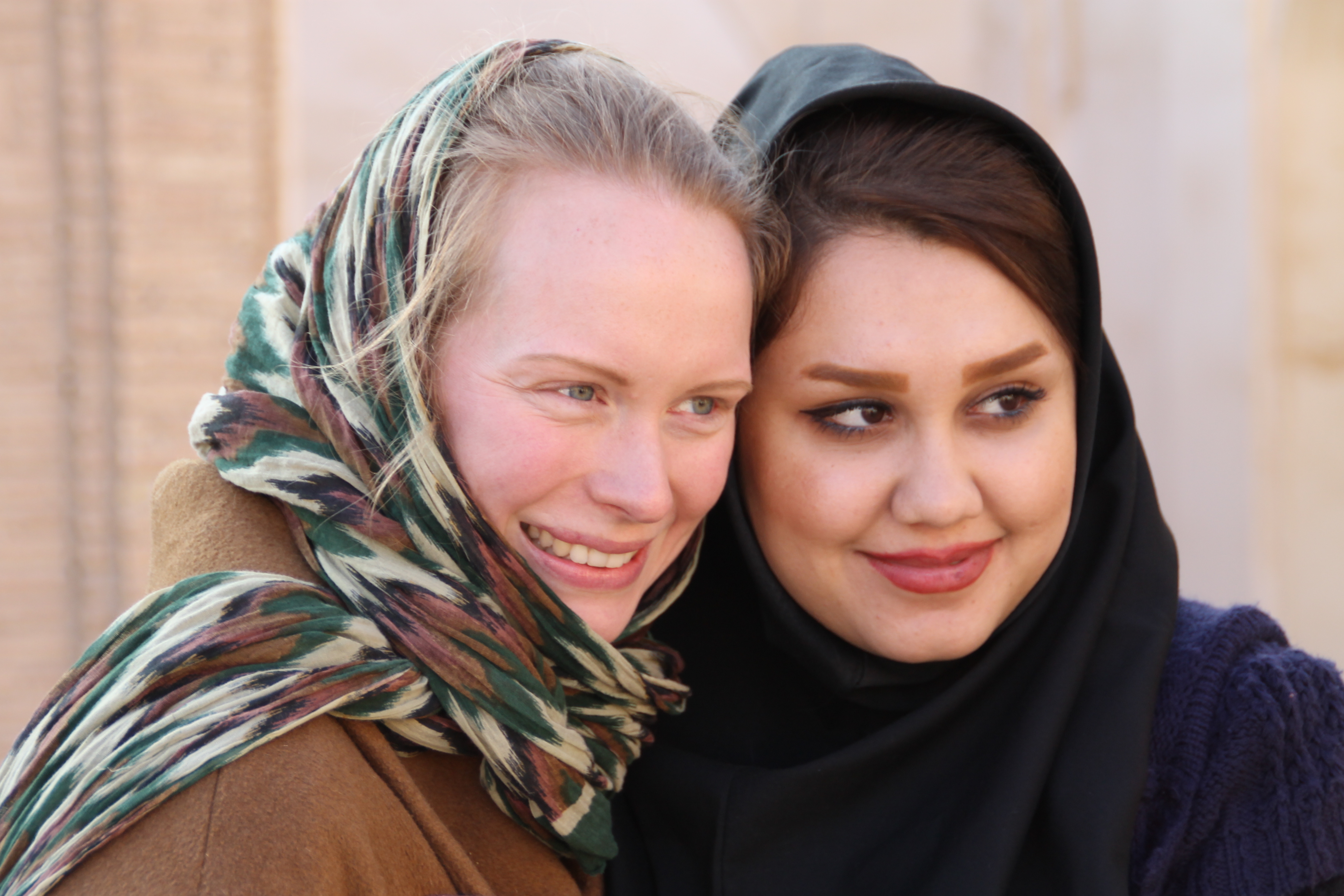
For me it was sometimes difficult to find a proper clothing. Keep in mind that women stay in a scarf and in a long sleeved loose dress that covers their hips in all public places (e.g. restaurants, buses …). Therefore, your clothes should preferably be from a light natural material. Silk scarfs are inconvenient as they slide down your head, synthetics is too warm. Often it was too hot and I was envious of my boyfriend who could take his jacket off and stay in a T-shirt. I didn’t dare to put off my jacket if I knew my bottom layer is not long enough. My jacket was made of wool… Imagine, how I felt in the well-heated buses. An optimal variant could be a light non-transparent loose cotton manteaux that is knee-length and neutral color. It will suit to everything (jeans, trousers) and will present you in a modest way.
However, chador is mandatory to wear when you enter a mosque where praying is ongoing. You don’t need to buy one in advance. They do have plenty of them at the entrance to the mosque for free. Wearing a chador, by the way, was an interesting experience as well. You wear a manteaux, a scarf and a chador on top. You have your bag, your camera, your shoes in a plastic bag and additionally you try to hold your chador correctly and occasionally take pictures. Not easy, I tell you, not easy. The best thing you can do is to ask your partner to take pictures. He, in opposite, has only his shoes in one hand.
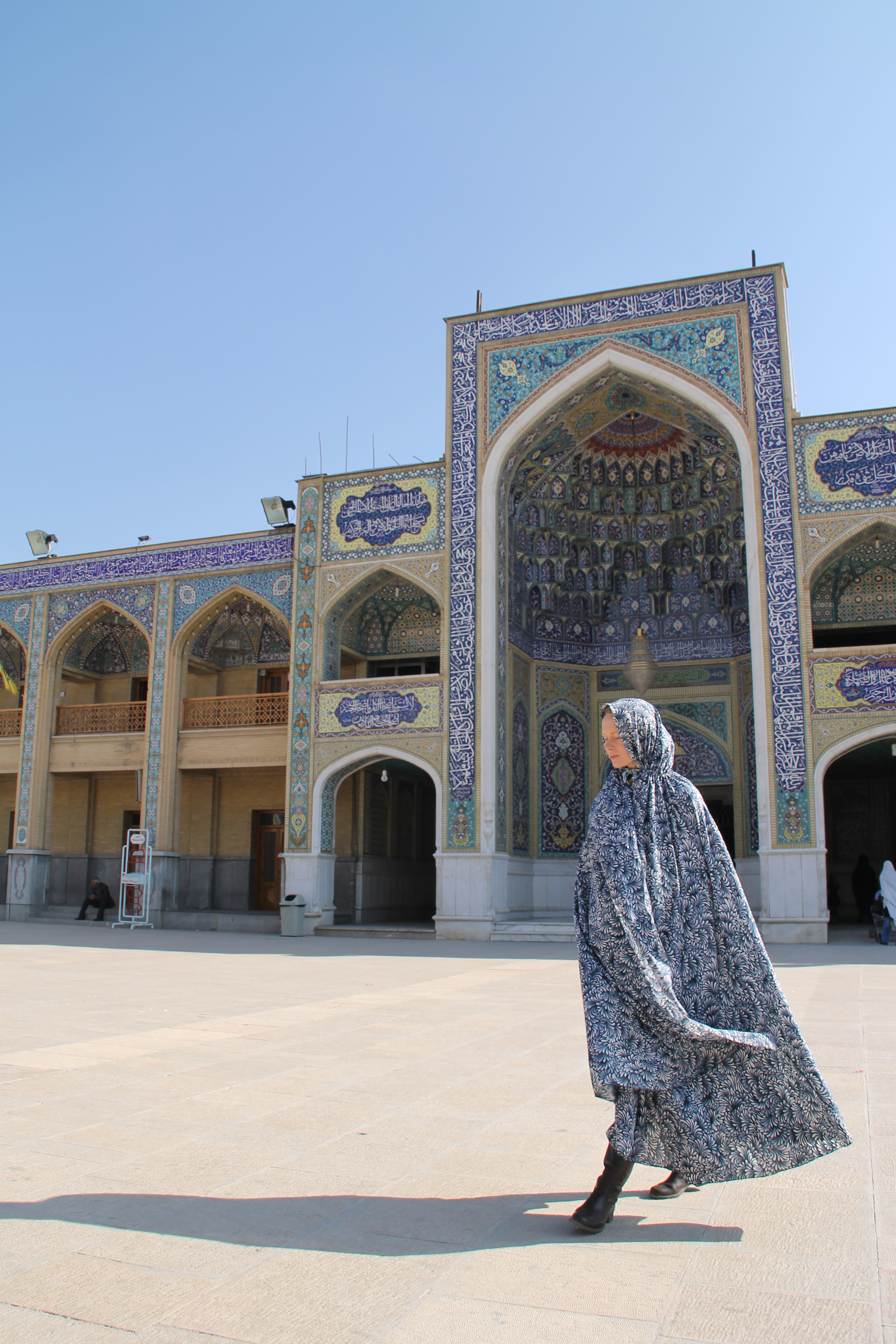
Correct behavior
Modesty is important here as well. If you travel as a couple, avoid holding hands and kissing on public. It is just not as common as in Europe. Watch out and behave as other couples. Usually they only go next to each other without any body contact. However, as an exclusion, we have seen younger couples who were hugging in metro and holding hands on the street. Anyway, this was extremely rare. So be modest. Once you are alone, you can do whatever you want.
Note, that in underground they distinguish between common compartments and compartments only for women. The later are usually at the beginning and at the end of a train.
In airports during a security check men and women are also split. Women get scanned and checked exclusively by female airport staff.
We heard many stories when unmarried couples had problems with booking a double room. We didn’t have any. Probably, the receptionists had second thoughts, but no questions were asked. We had rings on our hands though (bought for this trip only and left aside after we landed in Europe). Introducing yourself as a men and a wife is more socially accepted, that’s why we have played this game.
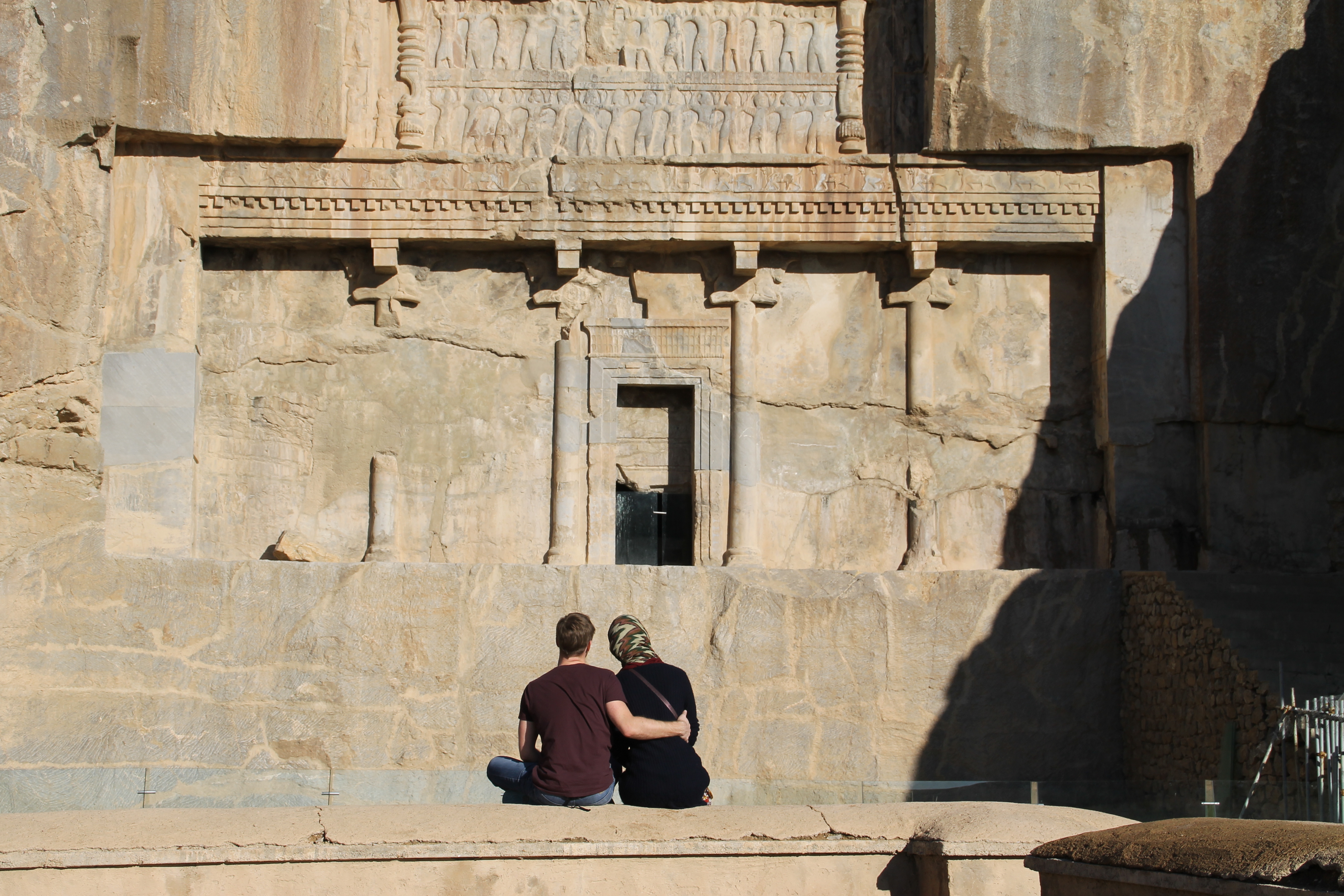
Hotels
In Tehran and in Shiraz we stayed at private houses, therefore I can’t tell you so much about the hotels there. What is important – there are plenty of them and for reasonable price.
In Esfahan we stayed couple of nights in Totia hotel (Tayeb Ave., Masjed seyed st., 00983132237525). This was one of the best Lonely Planet advices we have followed. Quality of a three-stars hotel for a price of a one-star (25 Euro pro night in a double room), breakfast included. Wi-Fi is available and free (in opposite to many other hotels with no or expensive Wi-Fi). The bathroom is as clean as it could be, though the shower is without a skirting. The standard bedclothes set includes only one bedsheet. Ask for the second one that you can use as a blanket cover and for towels. They are provided to free. Usually the taxi-drivers know this hotel, if not – it is next to the Azadi hotel that is even more touristic. Hotel staff speaks English and even German (one guy revealed that he is learning it on his own).
If you visit Kashan stay in one of the traditional houses. Local experience is guaranteed.
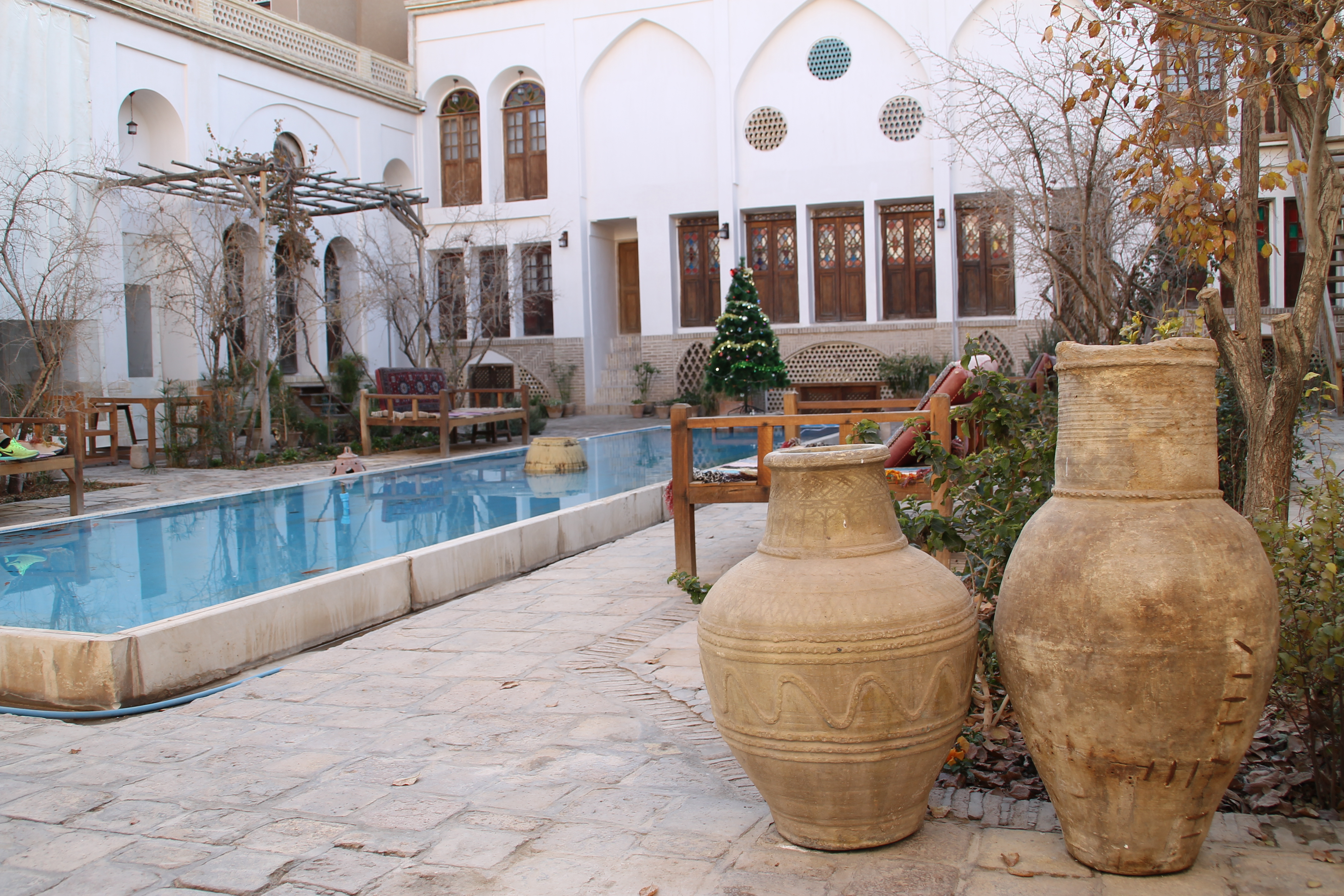
Modern hotels exist there as well, but it would have been not so fascinating. We spent a night in Ehsan traditional house (again, the Lonely Planet recommendation). Staff at the reception speaks English and is very helpful. A big minus – a bathroom is outside, in the far away corner of the house. Breakfast and Wi-Fi are included into the price (about 25 Euro for a room with twin beds). In the evening a dinner is served for additional price. You have to order in the kitchen (a lady there didn’t speak a single word in English) outside the dining room. If you stay here, a must is to take the stairs to the roof (open at night as well). The view is beautiful.
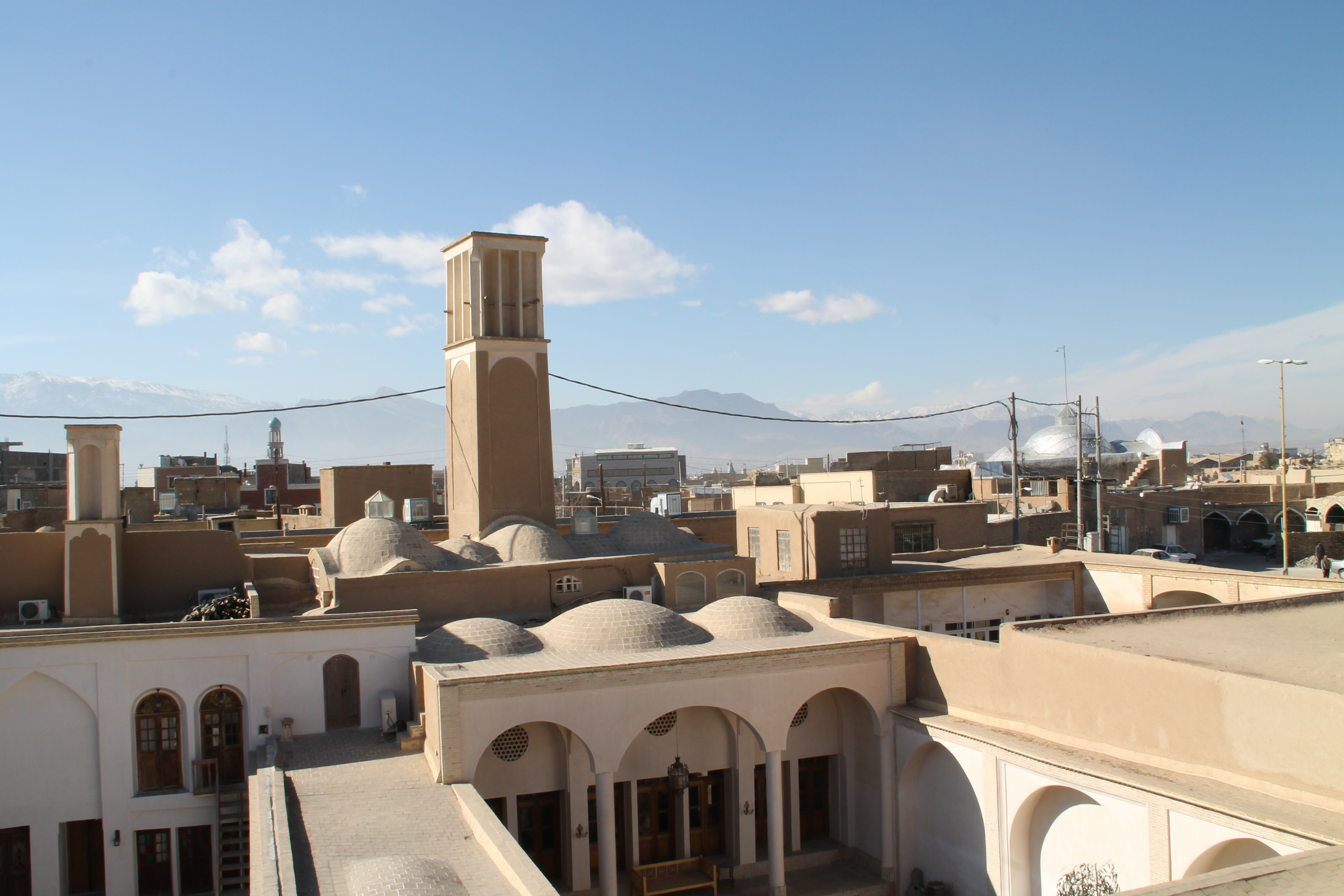
Important: in Iran you are requested to leave your passport at the reception desk overnight. We tried to object, but without knowledge of Farsi it was difficult, so we gave up. Nothing happened, but this is just unusual to leave you most important document with strangers.
Photography
- Photographing people:
Usually, men don’t mind to be photographed, but asking for permission is always better. With woman there is another story. They are often shy and modest. Here asking for agreement is mandatory. And be prepared that your request will be refused. Of course, taking photos from round the corner is not prohibited, but still try to be as polite (and inconspicuous) as possible.
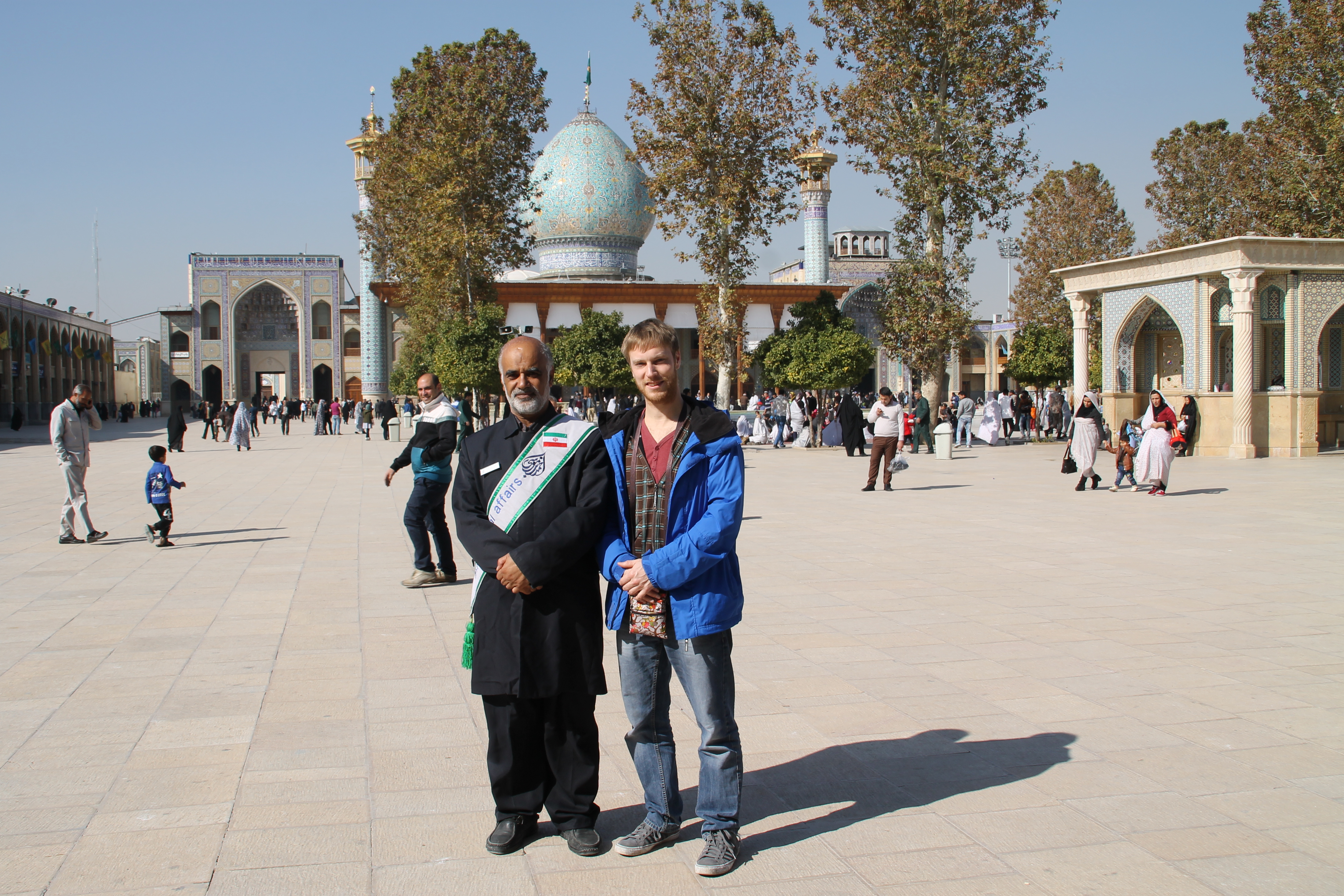
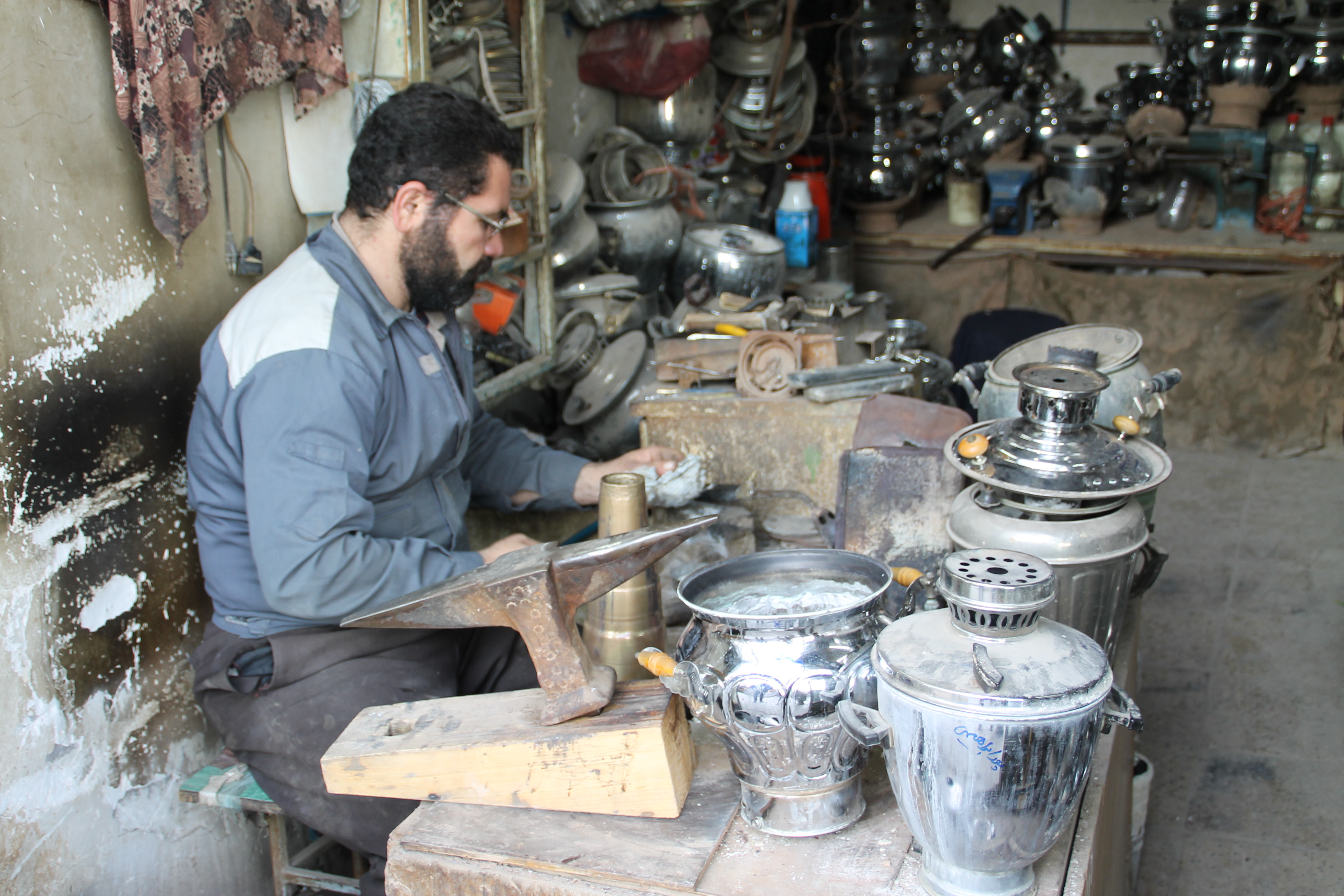
- Photographing buildings:
In Lonely planet it was explicitly stated that taking pictures of governmental buildings is highly NOT recommended and even punitive. Frankly speaking, it is very difficult to understand, which building serves what purpose. Banks, for instance, are on every step looking enormous and spacious. Other official buildings are hard to define. The problem is, if looking wider, mosques could be counted as governmental buildings as well. But if you don’t take pictures of mosques, you almost don’t take any pictures. Watch out, be careful and polite, take pictures. It should work. If police (or other official) asks you not to photograph, don’t. Don’t argue, ask for an excuse, explain that you are a silly tourist and put a camera aside. We didn’t have any single issue with a photography on the streets during the whole trip.
- Photography in mosques is permitted if not stated otherwise.
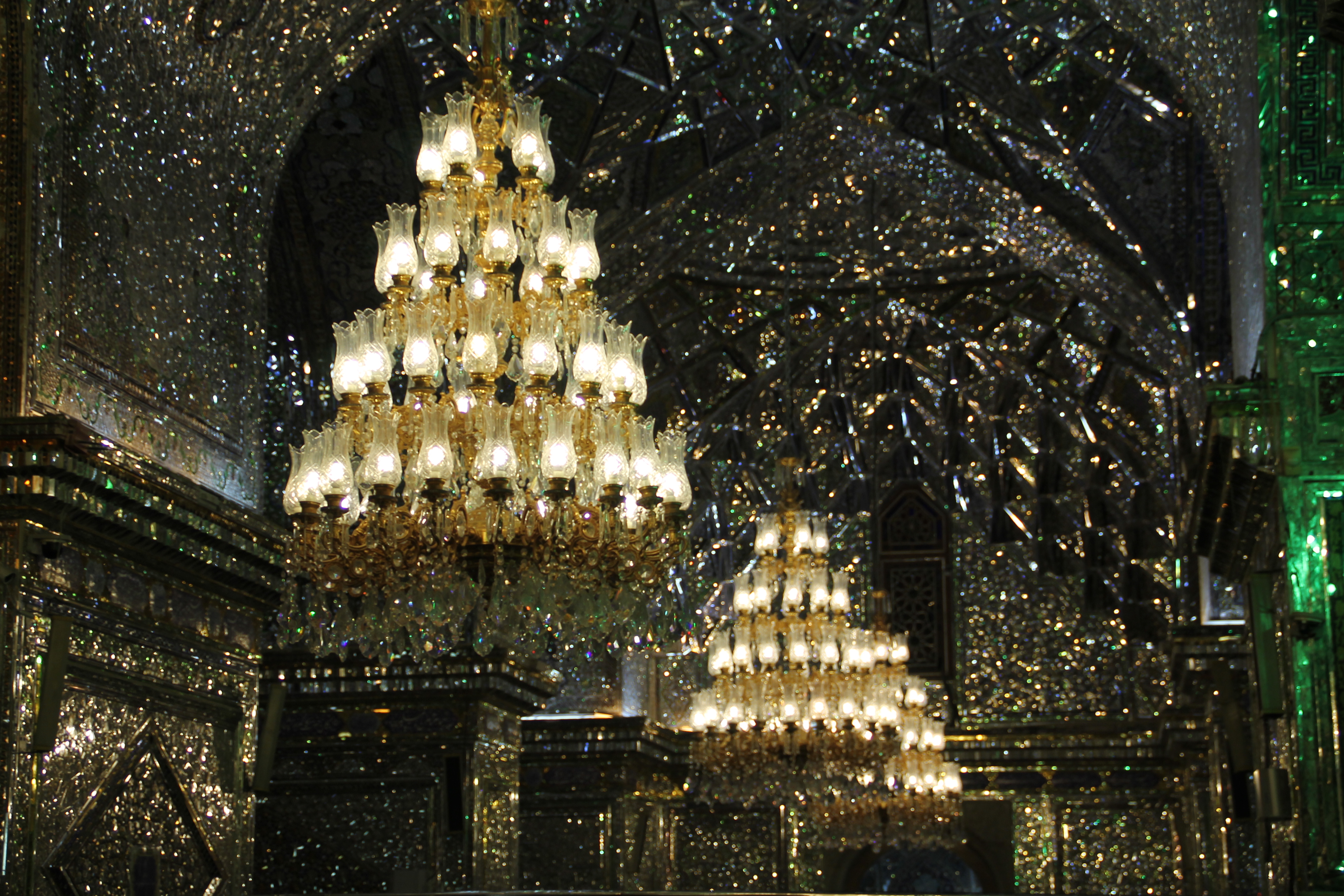
To be continued: the last part is about the food, places of interest and some remarkable facts about Iran and Iranians…
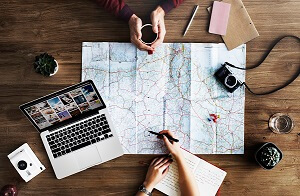
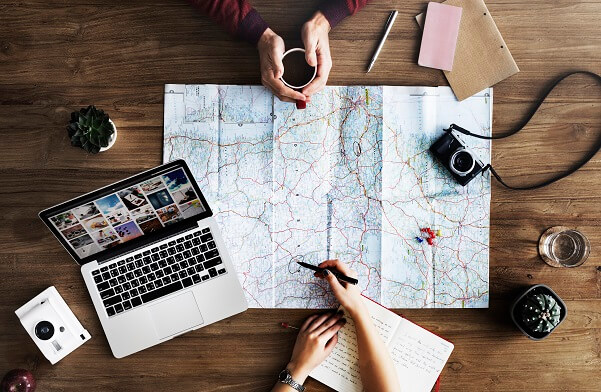

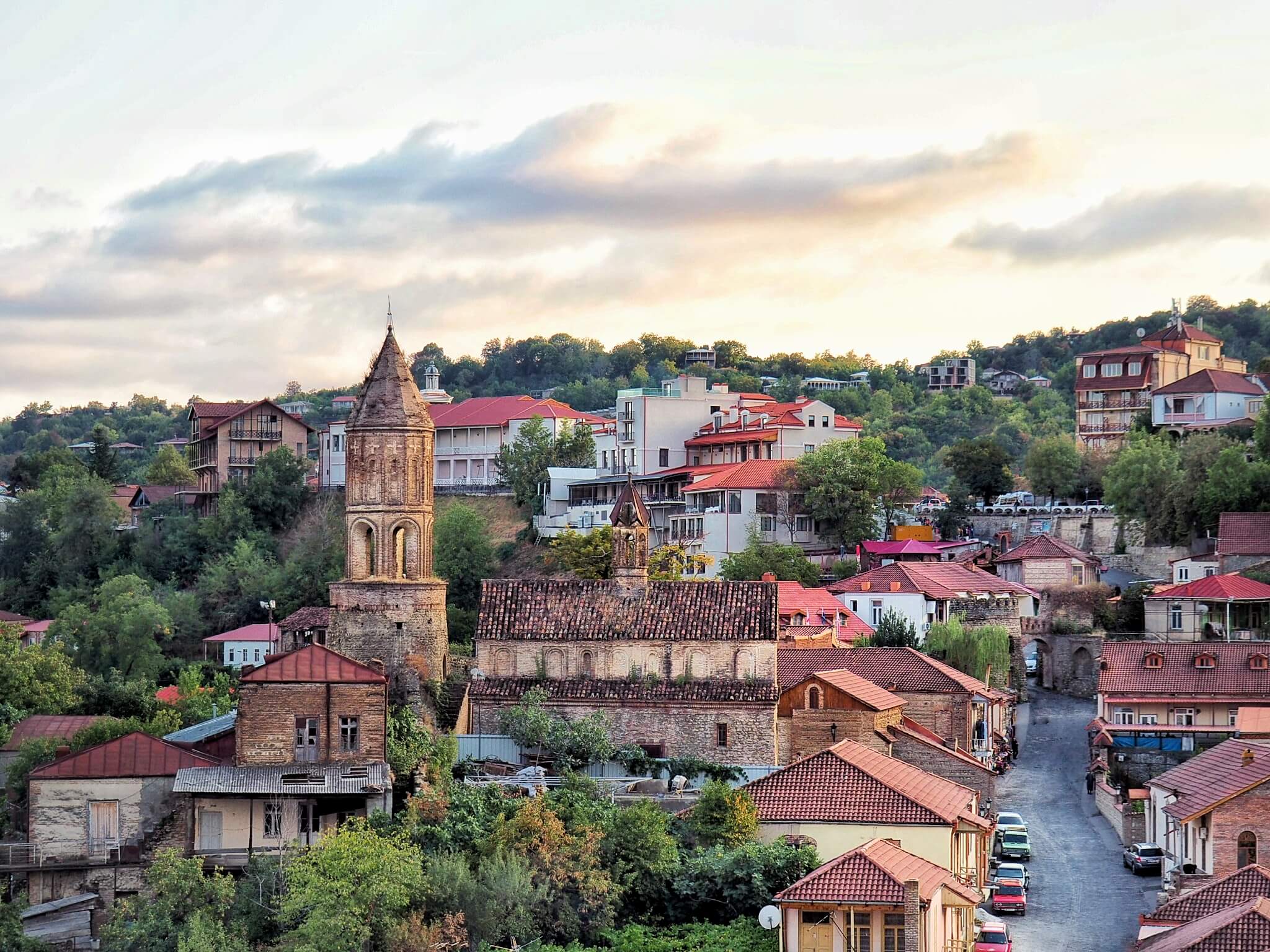
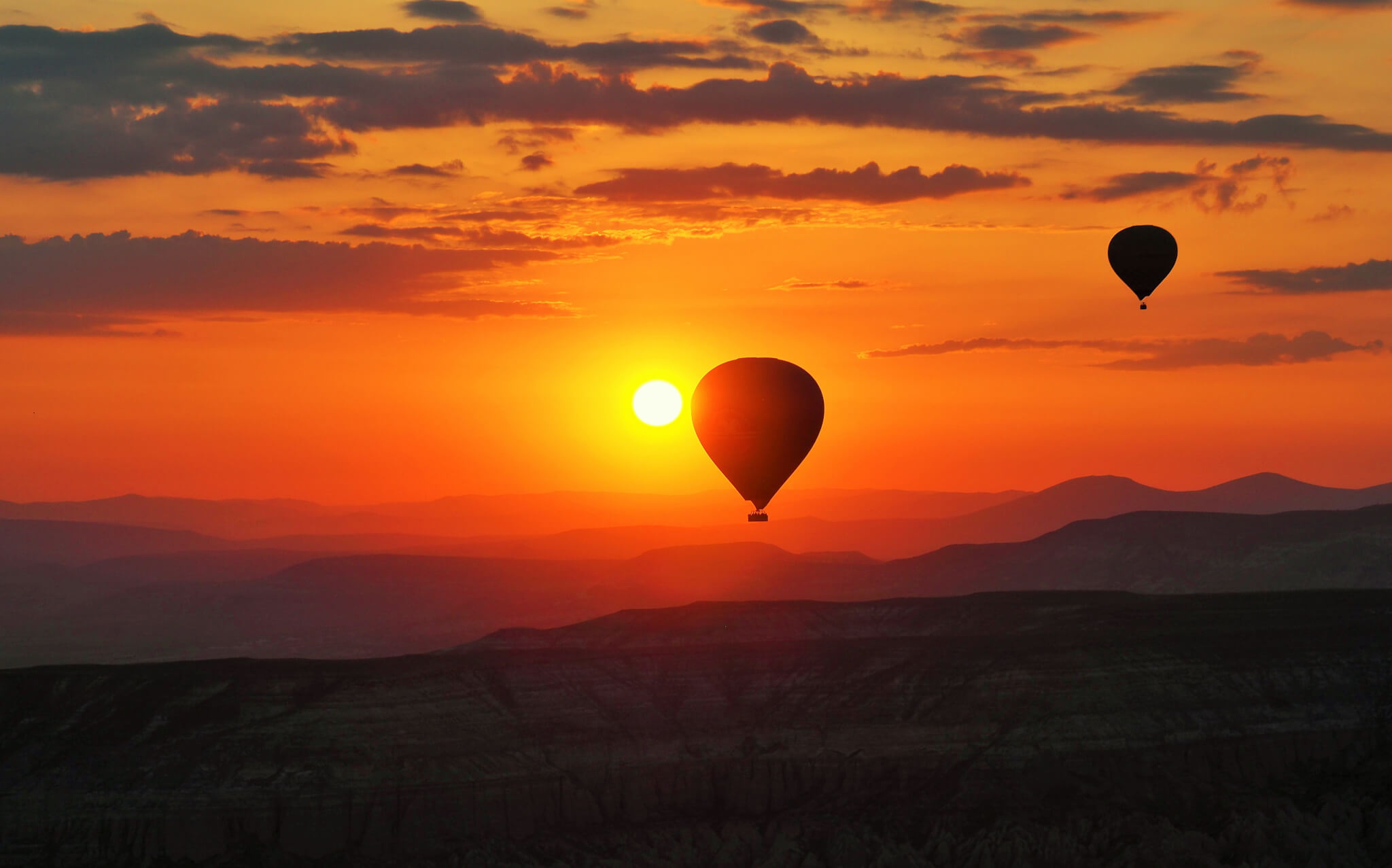
Leave A Comment